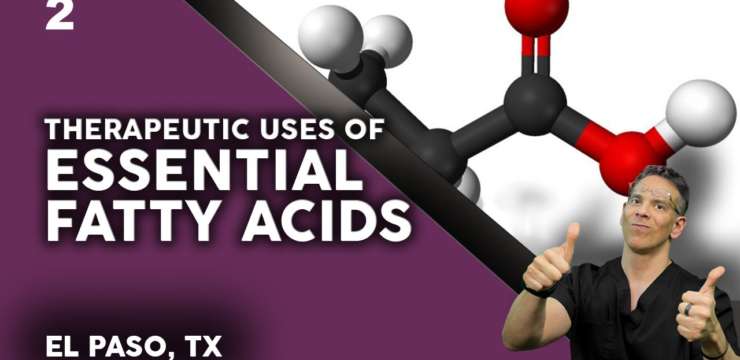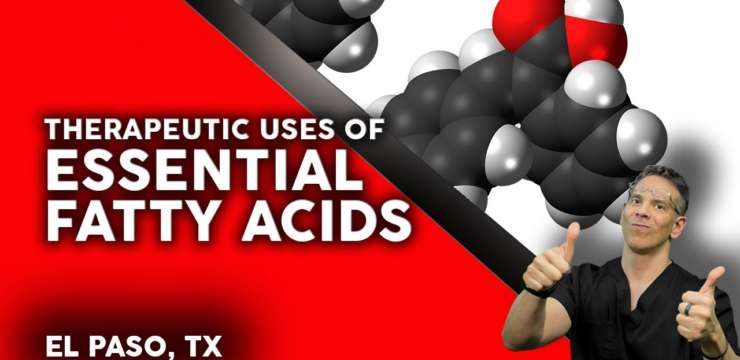The body is a well-working machine that can endure anything that is thrown in its way. However, when it gets an injury, the body’s natural…

Nutrition and Wellness go hand in hand. Food provides people with the necessary energy and nutrients to be healthy and for their bodies to perform optimally. By eating a variety of colorful foods, including good quality vegetables, fruits, whole-grain products and lean meats, the body can replenish itself with the essential macronutrient (proteins, carbohydrates, fats) and micronutrients (vitamins and minerals) to function effectively. Healthy eating does not have to be hard. The key is to eat a variety of foods, which include vegetables, fruits, and whole-grains. Eat lean meats, poultry, fish, beans, and low-fat dairy products and drink about half your body weight in ounces of water. Limit salt, sugar, alcohol, saturated fat, and trans fat. Saturated fats usually come from animals. Look for trans fat on the labels of processed foods, margarines, and shortenings. Dr. Alex Jimenez and his health coach offer nutritional examples as well as describe the importance of a balanced nutrition throughout this series of articles, emphasizing how a proper diet combined with physical activity can help individuals reach and maintain a healthy weight, reduce their risk of developing chronic diseases like heart disease, and ultimately promote overall health and wellness.

The body is a well-working machine that can endure anything that is thrown in its way. However, when it gets an injury, the body’s natural…

Welcome to our newest presentation where an expert will be talking about the case management of chronic infections and round table discussion: Dysbdiosis and Chronic…

On today’s podcast Dr. Jimenez DC, health coaches Adriana Caceres and Faith Arciniaga, and nutritionist Ana Paola RodrÃguez will discuss the steps to acquire a…

In this Functional Medicine podcast Dr. Alex Jimenez invites Master Hypnotist Eric Richmond CRNA, BCH, CI, RM and Connie Pemberton – retired RN to talk…

For an appointment please call: 915-412-6790 Fill your evaluation form online: dralexjimenez.livingmatrix.com/self_register_patients/new – If you have enjoyed this video and/or we have helped you in…

Dr. Alexander Jimenez, Adriana Caceres, Faith Arciniega (Health Coach), Amparo Armendáriz-Pérez (Massage Therapist) and Ana RodrÃguez Arciniega talk about the Functional Medicine and holistic treatments…

Dr. Alex Jimenez brings to you the last part of this presentation titled “An Introduction to Functional Medicine” where Medical Specialist will help us distinguish…

Welcome to our new Functional Medicine presentation where an expert will be talking to us about case management of Allergies and Atopic Disease in depth.…

Welcome to our new Functional Medicine presentation where an expert will be talking to us about case management of Allergies and Atopic Disease in depth.…

Welcome to our newest presentation where an expert will be talking about laboratory testing of Biomarkers of Immune Dysfunction. Stay tuned for the next episode…

Welcome to our new Functional Medicine presentation where an expert will be talking to us about case management of Autoimmune diseases and also covering some…

Hey welcome to our newest presentation where an expert will be talking about laboratory testing of Biomarkers of Immune Dysfunction. Stay tuned for the next…

Hey welcome to our newest presentation where an expert will be talking about Dietary Prescriptions for Chronic Inflammation & Autoimmune Conditions. Stay tuned for the…

Welcome to our newest presentation where an expert will be talking about the Therapeutic uses of Essential Fatty Acids. Stay tuned for the next episode…

Welcome to our newest presentation where an expert will be talking about the Therapeutic uses of Essential Fatty Acids. Stay tuned for the next episode…

Welcome to the last part of our newest presentations where an expert will be talking about laboratory testing of Biomarkers of Immune Dysfunction. Stay tuned…

On today’s podcast Spencer Salas and Dr. Alex Jimenez discuss CBD, TCH, and Hemp. Spencer answers questions in an honest and sincere manner bringing light…